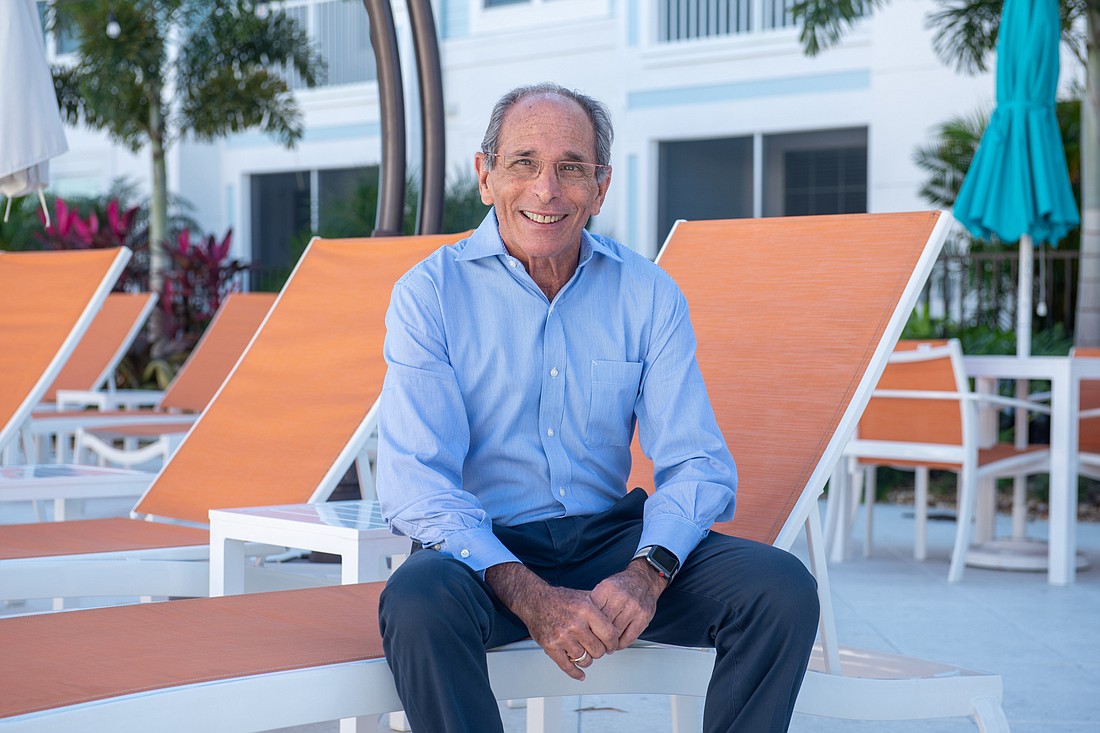- December 13, 2025
-
-
Loading

Loading

After some five decades in real estate, mostly multifamily, Larry Lieberman thought he’d finally seen it all in the business.
'Sometimes you just have to shut up and listen to your people.’ Larry Lieberman, The Floridian Club